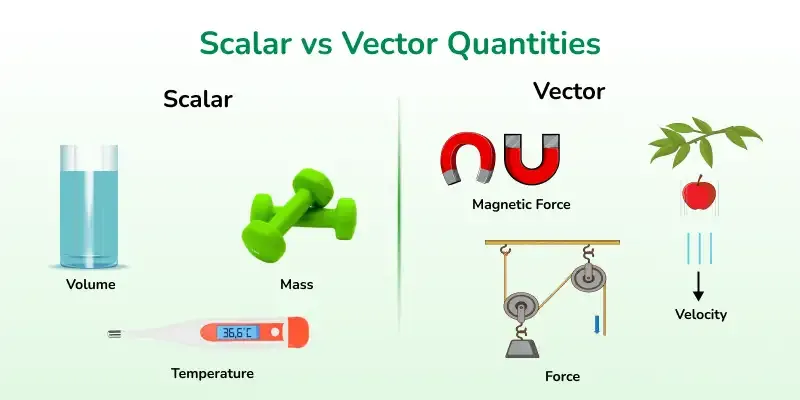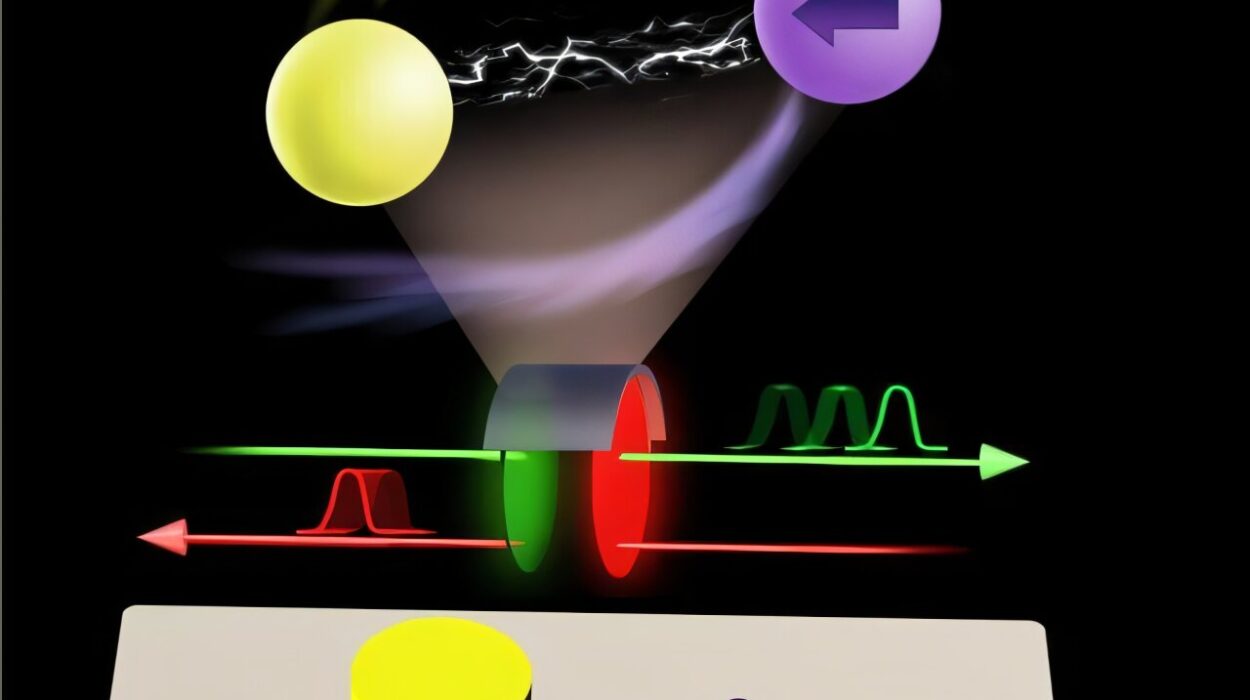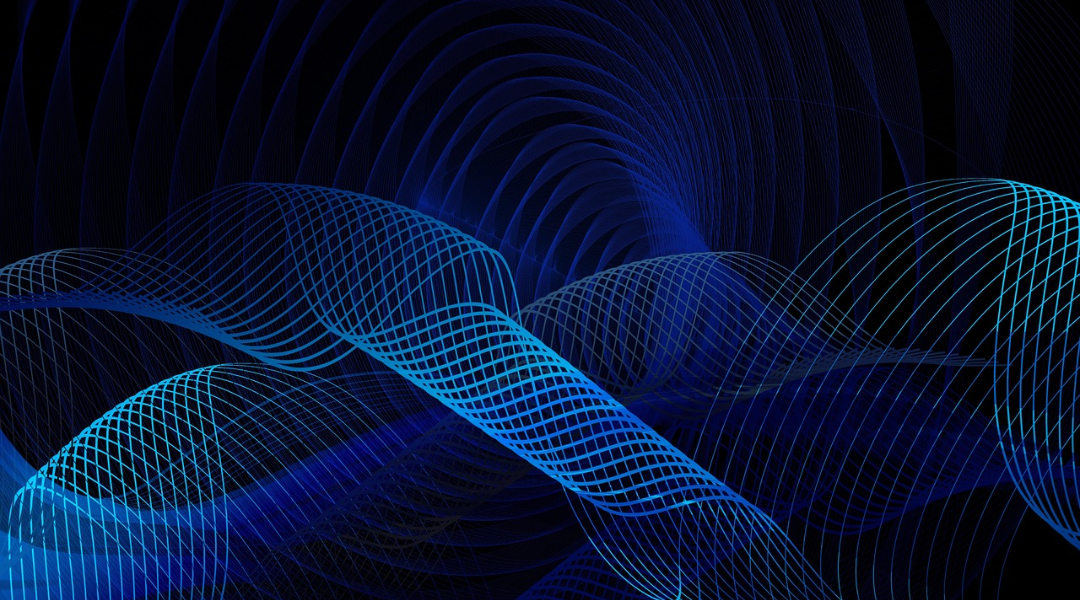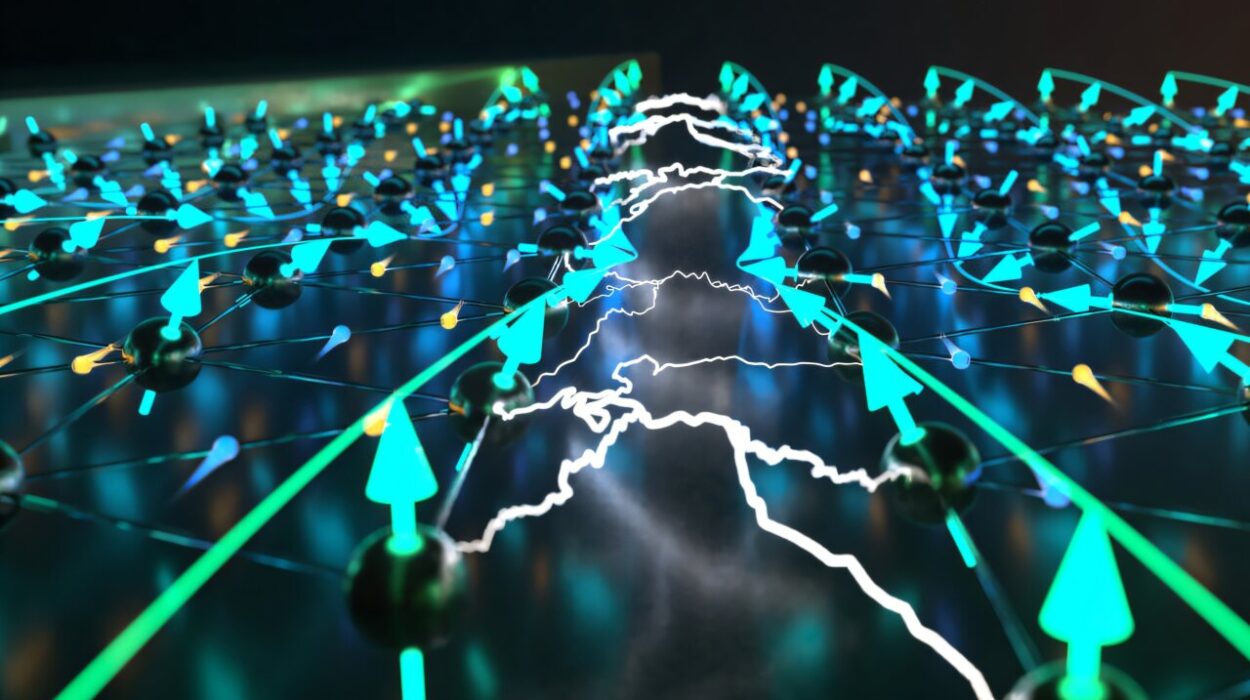In the quest to control light at its most fundamental level, physicists have long sought ways to harness its hidden topological properties—the subtle twists and patterns encoded in its polarization and momentum. These features, once considered purely theoretical curiosities, are now at the forefront of research in optics, photonics, and quantum technologies.
Recently, researchers from Fudan University and Nanyang Technological University achieved a striking milestone: they realized meron spin textures in momentum space, structured topological patterns of light that mimic the behaviors of exotic magnetic spin textures. Their breakthrough, published in Physical Review Letters, could open powerful new routes to designing compact optical devices, quantum technologies, and information-processing systems.
From Magnetic Skyrmions to Skyrmionic Light
To appreciate the impact of this work, one must begin with the concept of skyrmions. In condensed matter physics, skyrmions are vortex-like spin textures: stable, swirling arrangements of particle spins that resemble tiny knots. Their remarkable stability makes them highly promising for applications in spintronics, where information is encoded not in electric charge but in magnetic spin.
In recent years, physicists discovered that light itself can form analogous structures, known as skyrmionic light fields. Here, the “spin” is not an electron’s magnetic moment but the orientation of light’s polarization. These swirling polarization patterns can mimic the topology of magnetic skyrmions, enabling the creation of structured optical fields with rich physical properties.
So far, most studies of these textures have focused on real space—mapping how the spin orientations are distributed across physical space. But light can also be described in momentum space, a domain that tracks its in-plane momentum. This perspective reveals a hidden world of patterns and singularities, and the new work demonstrates how to directly generate skyrmionic textures there.
Bound States in the Continuum: Hidden Topological Platforms
The team’s achievement rests on an unusual physical phenomenon known as bound states in the continuum (BICs). Unlike most states in open systems that radiate energy away, BICs remain localized and bound—even though they exist in energy ranges where waves typically leak out.
“BICs are important topological singularities, enabling ultra-high quality factors and carrying polarization vortex configurations in momentum space,” explained Lei Shi, co-senior author of the study. “These properties make BICs ideal platforms for studying topological light field manipulation.”
Over the past decade, Shi and his colleagues have used BICs to explore vectorial lasing, generate optical vortices, and probe the spin Hall effect of light. Their earlier research laid the foundation for the current work, where they recognized that the topological polarization configurations of BICs could naturally give rise to skyrmionic light fields.
Creating Meron Spin Textures in Momentum Space
To realize their idea, the researchers designed a photonic crystal slab—a microstructured material patterned with periodic holes etched into a dielectric film. When they shone a circularly polarized laser beam onto this crystal, the interaction between the light and the slab generated structured spin patterns in momentum space.
Using a custom Fourier-optics measurement system, they mapped the polarization distributions of the transmitted light and extracted the Stokes parameters, mathematical quantities that describe polarization. These parameters revealed that the transmitted light carried meron spin textures, a type of skyrmionic light field.
“This work demonstrates a compact and scalable method for generating skyrmionic light fields,” said Jiajun Wang, co-corresponding author of the study. “Compared to traditional metasurfaces, our approach requires no alignment, offering a clear advantage for practical applications.”
Toward Quantum and Optical Technologies
The ability to generate skyrmionic light fields in momentum space is not merely a scientific curiosity. It has far-reaching implications for the future of optics and quantum technologies. Structured light fields could enable new forms of optical information processing, high-precision measurement techniques, and the design of quantum devices that exploit topology for enhanced robustness.
“Research on skyrmionic light fields is still in its early stages,” said Shi. “Our method not only addresses critical challenges in their generation but also establishes a robust framework for exploring their physics and applications.”
The researchers now plan to investigate how these topological light fields propagate, how stable they are against disturbances, and what novel physical effects may emerge from their unique structures.
A Glimpse Into the Future of Light
Einstein once taught the world that light was both a wave and a particle, forever changing our understanding of reality. More than a century later, scientists continue to uncover new dimensions of light’s behavior—this time through its hidden topology.
By revealing how skyrmionic textures can exist in momentum space, the work of Shi, Wang, and their collaborators adds a new chapter to the story of light. It not only deepens our grasp of fundamental physics but also paves the way for technologies where information is written, manipulated, and read in the very twists and turns of light itself.
As we stand at the threshold of this new frontier, it becomes clear that light still has many secrets left to share.
More information: Lixi Rao et al, Meron Spin Textures in Momentum Space Spawning from Bound States in the Continuum, Physical Review Letters (2025). DOI: 10.1103/3g3j-mnh9. On arXiv: DOI: 10.48550/arxiv.2505.15081






